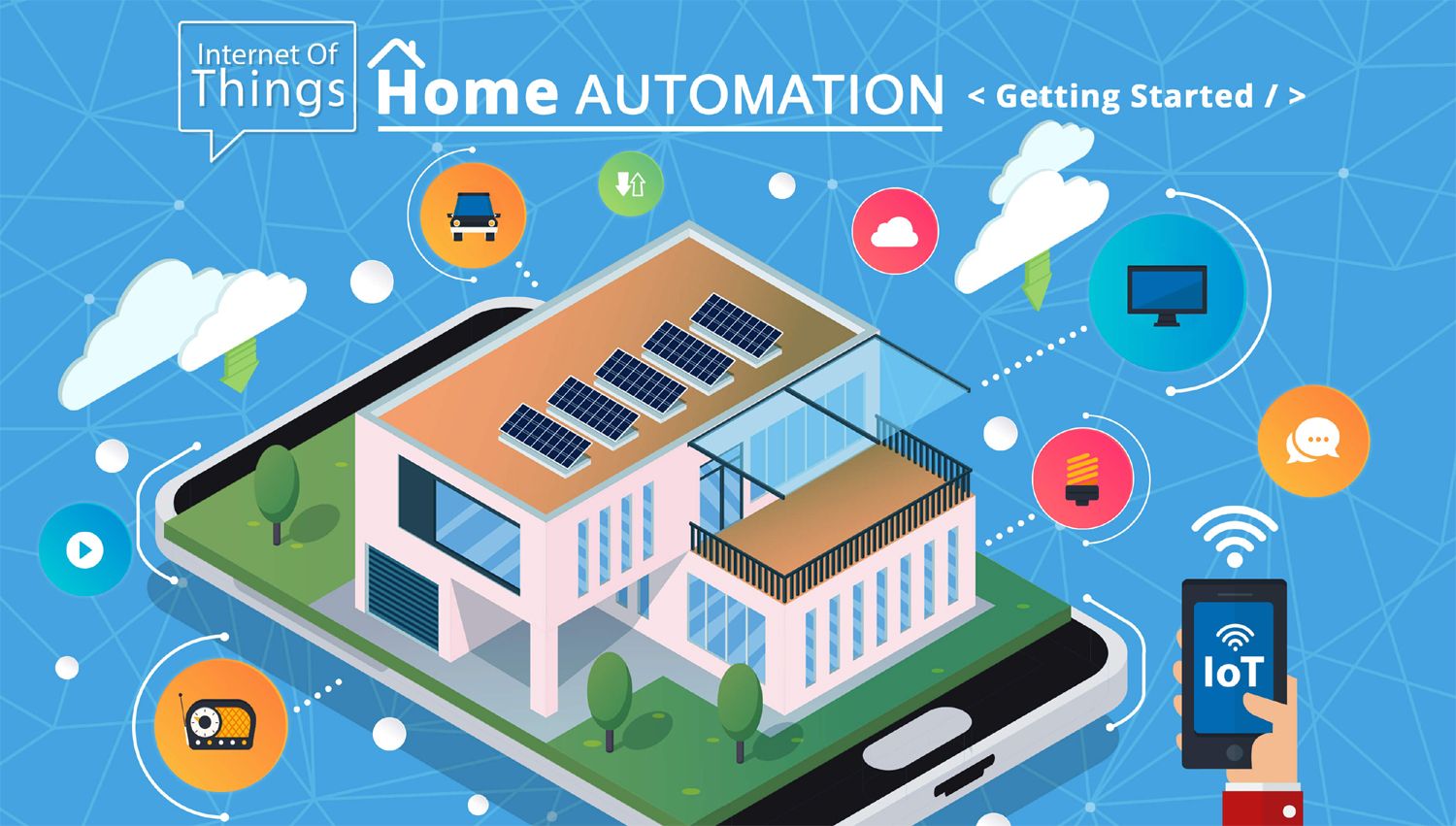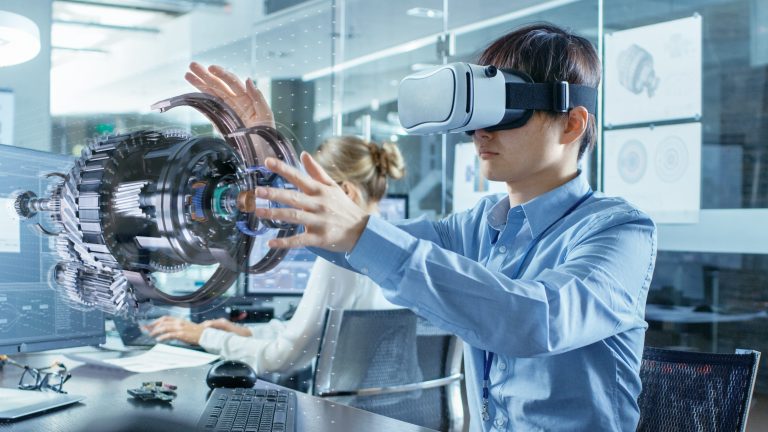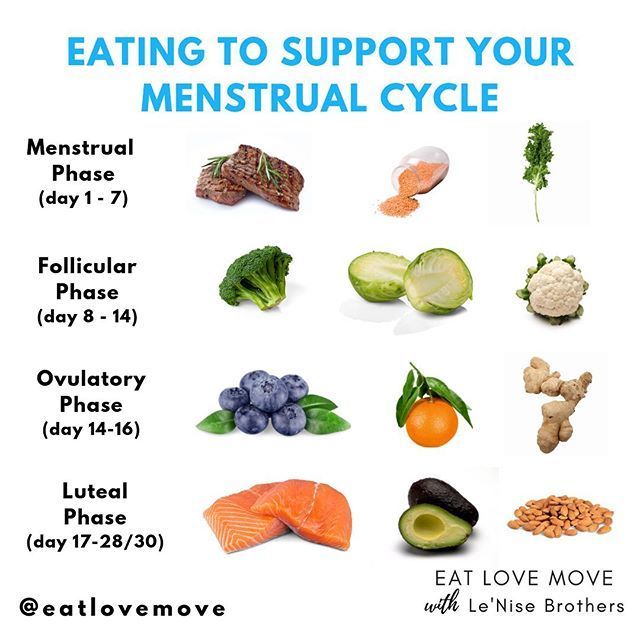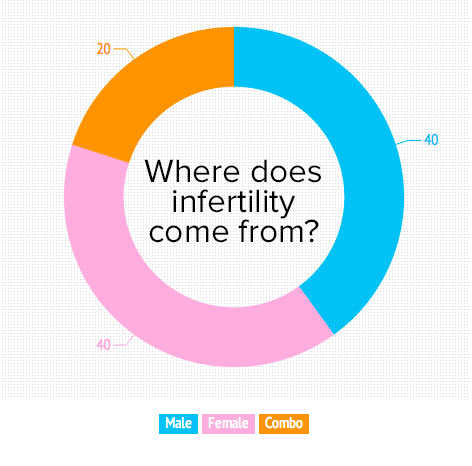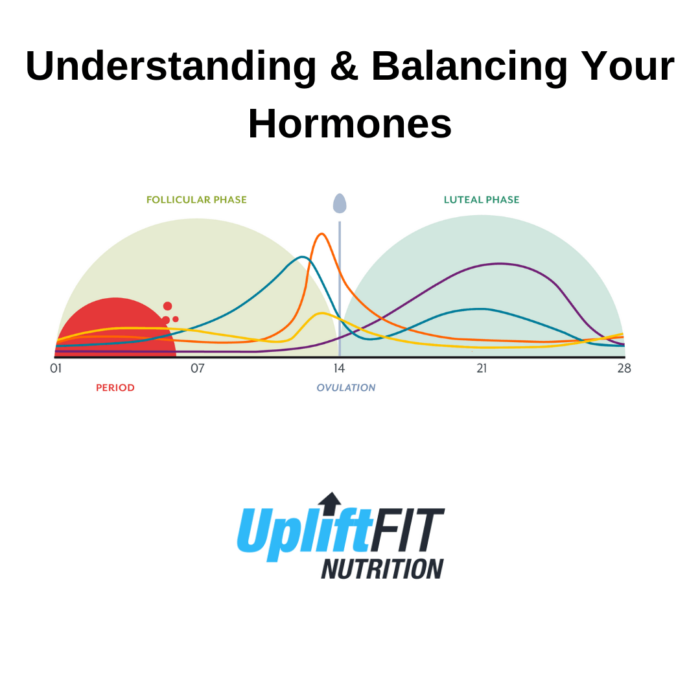The Internet of Things (IoT) has revolutionized the way we live and interact with technology. With the increasing integration of devices and connectivity, our homes are transforming into “smart homes.” Smart homes leverage IoT technology to enhance convenience, security, and energy efficiency. In this article, we will explore the concept of IoT and its impact on smart homes.
What is the Internet of Things?
The Internet of Things refers to the network of physical objects embedded with sensors, software, and other technologies that enables them to connect and exchange data over the internet. These objects can range from everyday devices such as smartphones, wearable devices, and home appliances to industrial machinery and infrastructure. As these devices collect and share data, they create a web of interconnectedness, enabling greater automation and control.
How Does IoT Impact Smart Homes?
The integration of IoT technology in smart homes allows for seamless communication between various devices and systems, leading to enhanced functionality and convenience. Here are some areas where IoT has made a significant impact on smart homes:
1. Home Automation
IoT enables homeowners to automate various aspects of their homes, including lighting, temperature control, security systems, and more. For example, smart thermostats can learn user preferences and adjust the temperature accordingly, leading to increased energy efficiency. Connected lighting systems can be programmed to turn on or off based on occupancy or time of day, saving electricity.
2. Enhanced Security
IoT-based security systems provide homeowners with advanced monitoring and control capabilities. IoT-enabled cameras, door locks, and motion sensors can be accessed remotely through dedicated applications. Real-time notifications and alerts can be sent to homeowners’ smartphones, ensuring they stay informed about any unusual activity or potential security breaches.
3. Energy Efficiency
Smart homes equipped with IoT devices can significantly reduce energy consumption. IoT-connected appliances can optimize their performance based on usage patterns, reducing wastage. For example, smart refrigerators can adjust cooling settings during periods of low usage, minimizing energy usage. IoT-enabled energy monitoring systems provide homeowners with detailed insights into their energy consumption, allowing them to make informed decisions about energy management.
4. Improved Health and Well-being
IoT technology has the potential to improve health and well-being within smart homes. Connected wearables can monitor vital signs and provide real-time feedback, enabling individuals to track their health and fitness goals. IoT-enabled medication dispensers can remind users to take their medication on time, enhancing medication adherence.
5. Voice-Activated Assistants
Virtual assistants like Amazon Echo and Google Home have become an integral part of many smart homes. These voice-activated devices use IoT technology to control smart devices, answer queries, play music, and perform a multitude of other tasks. Voice-activated assistants offer a convenient and hands-free way to interact with the smart home ecosystem.
Challenges and Future of IoT in Smart Homes
While IoT has brought significant advancements to smart homes, it is not without its challenges. Privacy and security concerns have been raised regarding the vast amount of data collected by interconnected devices. The risk of unauthorized access to sensitive information calls for robust security measures and encryption protocols.
However, the future of IoT in smart homes looks promising. As technology continues to evolve, we can expect increased interoperability between devices and improved user experiences. The integration of artificial intelligence and machine learning algorithms can further enhance the capabilities of IoT in smart homes, allowing for predictive and personalized automation.
Conclusion
The Internet of Things has revolutionized smart homes, providing homeowners with unprecedented control and convenience. From home automation to enhanced security and energy efficiency, IoT has transformed the way we interact with our living spaces. As the technology continues to advance, we can expect even more innovative solutions and a seamless living experience in the future.
